Intel’s Developer Forum (IDF2011) – Disaster Management – Information Technology That Saves Lives – Part 2 of 2
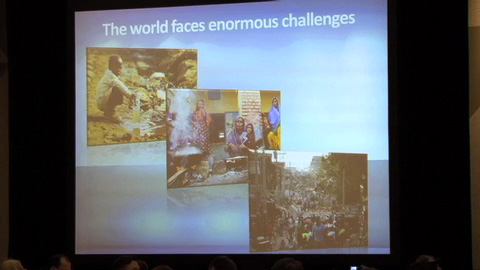 |
Intel’s Developer Forum (IDF2011) – Disaster Management – Information Technology That Saves Lives – Part 2 of 2. |
|
|
 |
Intel’s Developer Forum (IDF2011) – Disaster Management – Information Technology That Saves Lives – Part 2 of 2. |
|
|
 |
SAN FRANCISCO, Sept. 12, 2011 “ On the eve of the Intel Developer Forum, scheduled for Sept. 13-15, Intel Corporation is showcasing the roles played by diverse types of computing in the field of disaster management. Moderated by Keri Carkeek, [See the full post…] |
| See the full post |
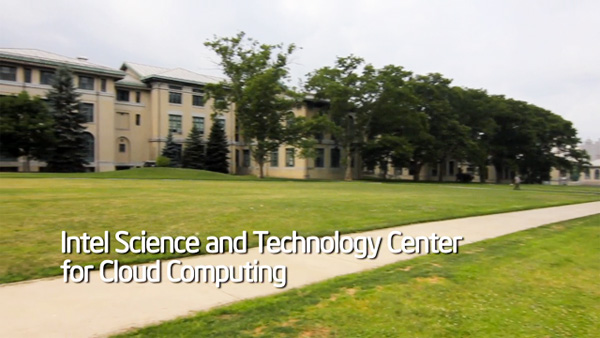 |
Intel has established the Intel Science and Technology Center for Cloud Computing at Carnegie Mellon University in Pittsburgh, Pennsylvania. The research will be focused around four pillars: Specialization, a practice that can create greater efficiencies such as lower energy usage [See the full post…] |
|
|
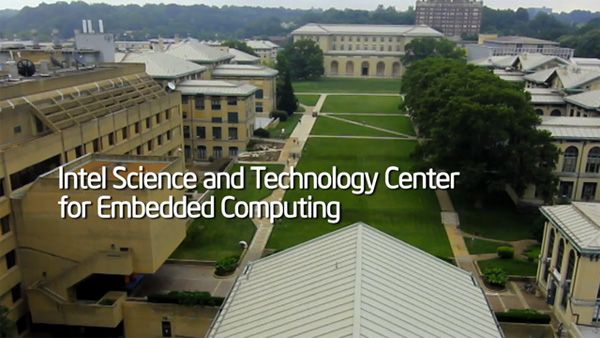 |
The Intel Science and Technology Center for Embedded Computing at Carnegie Mellon University in Pittsburgh, Pennsylvania, will conduct research in four basic areas: Collaborative Perception which is essentially computer vision, Real-time Knowledge Discovery which includes machine learning, Robotics, and Embedded [See the full post…] |
|
|
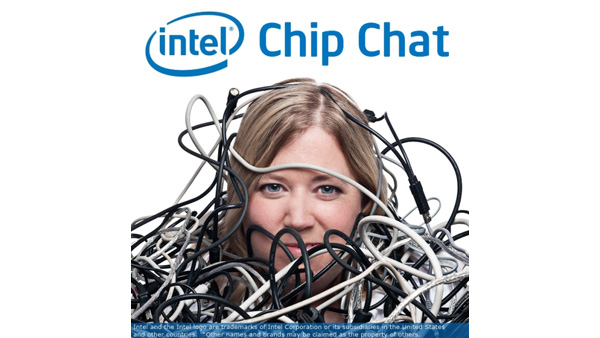 |
In this Intel Chip Chat audio podcast with Allyson Klein: Genevieve Bell Intel Fellow and Director of Interaction & Experience Research discusses that from smartphone to automobile we have a relationship with the technology and devices in our lives and [See the full post…] |
|
|
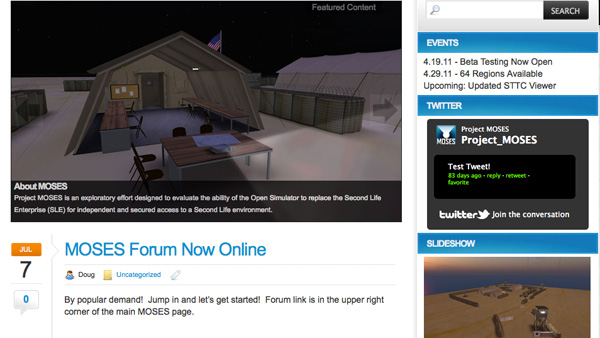 |
Researchers are investigating how to build virtual environments in which hundreds or thousands of participants can log in and interact with each other. The applications go beyond gaming. Simulations are used for meetings, organizational operations and even product branding. Scientists [See the full post…] |
|
|
 |
Intel CISO, Malcolm Harkins suggests we embrace social media and social computing to reduce risk. |
|
|
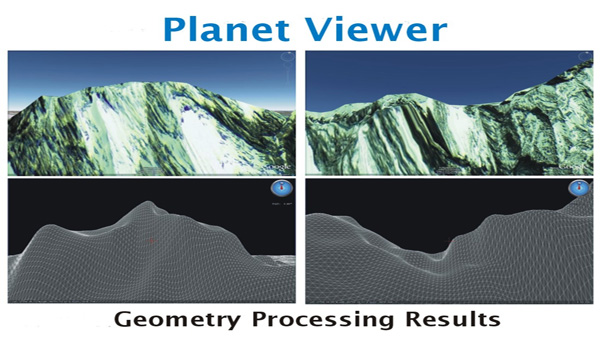 |
Maps have benefited especially from the increasing power of computers. Still, researchers are striving to make significant improvements in the images maps display. Rendering planetary scale objects is challenging due to geometric complexity and the need for managing huge amounts [See the full post…] |
|
|
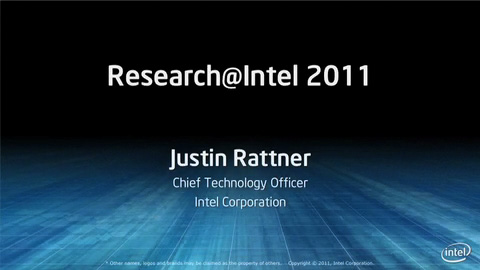 |
Justin Rattner, Intel’s CTO, kicks off Research@Intel, held at the Computer History Museum in Mountain View, CA, with an update of what’s been happening at Intel Labs and the research featured on the exhibit floor. He also talks about the [See the full post…] |
|
|
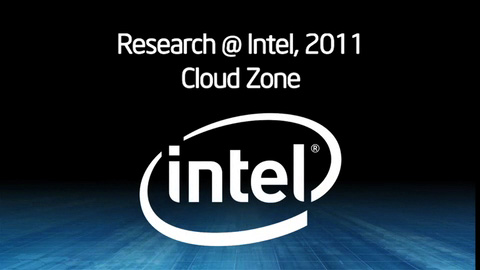 |
Each year cloud computing, powered by massive datacenters, plays a larger role in our everyday lives. The cloud supports social media, provides us with new ways to shop, houses a wealth data, and provides the backend horsepower for many mobile [See the full post…] |
|
|
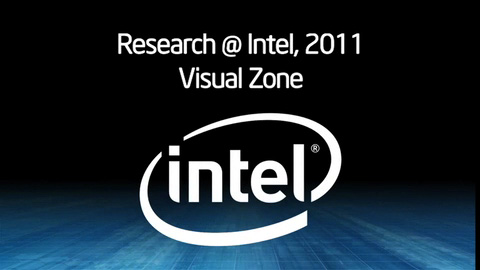 |
In the Visual Zone, see how Intel is adding a “visual” aspect to the daily life of the future with minimal costs and eco system changes. Research technologies developed at Intel and with university partners will improve daily user experiences [See the full post…] |
|
|
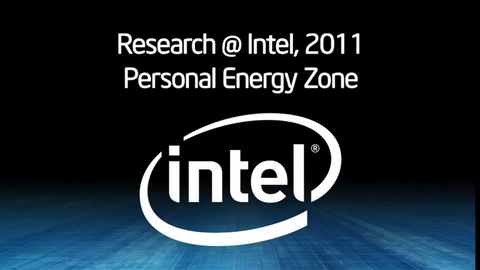 |
The Personal Energy Zone focuses on research into controlling and reducing energy consumption. Scientists are discovering ways to empower the individual or organization with tools and information needed to make intelligent energy choices and developing infrastructure components to help integrate [See the full post…] |
|
|
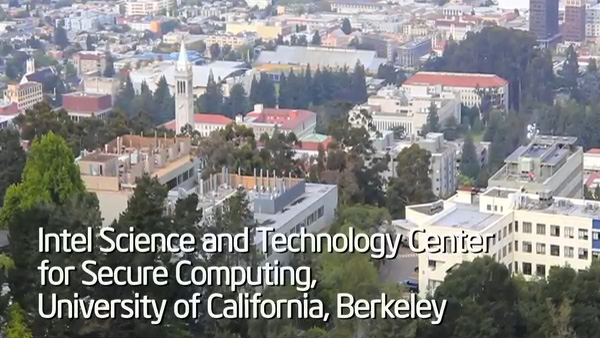 |
The new Intel Science and Technology Center at the University of California, Berkeley will lead research into secure computing. Professor David Wagner will be the Director of the Center and he will serve as Co-Principal Investigator. Intel Senior Principal Engineer [See the full post…] |
|
|
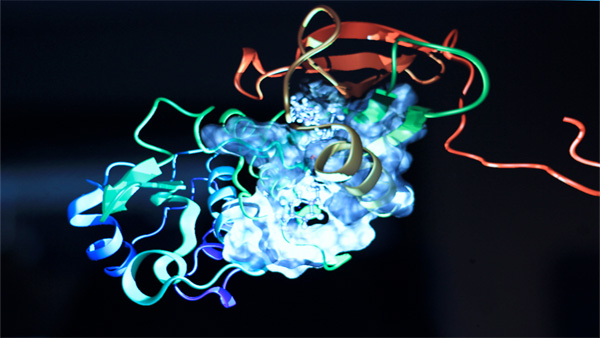 |
Advances in interactive molecular graphics enable not only creative research, but an increasingly collaborative and mobile research community to interact. In the “VIsualization Vault,” at the University of California, San Francisco, Professor Tom Ferrin and his team created Chimera, a [See the full post…] |
|
|
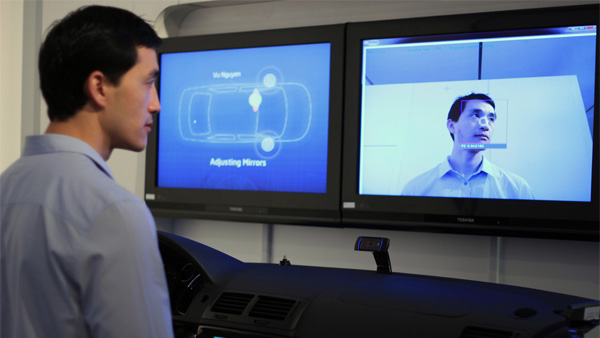 |
While context-aware devices of the near future might recommend restaurants, monitor a user’s health, or screen phone calls, they may also save human lives by keeping drivers safe and aware of their surroundings. Future Lab spoke with researchers about the [See the full post…] |
|
|
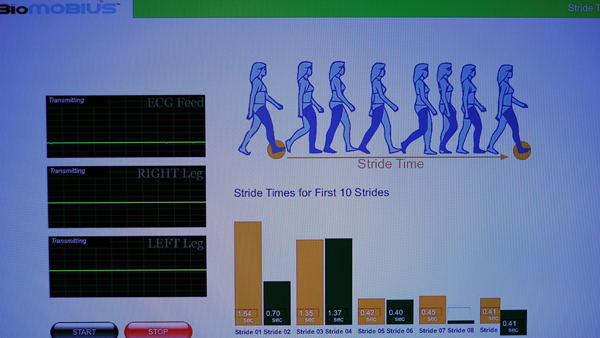 |
The world’s population is aging. It’s estimated that by the year 2050 more than half the people on Earth will be over the age of 50. But while people are living longer, they still have to live with the diseases [See the full post…] |
|
|
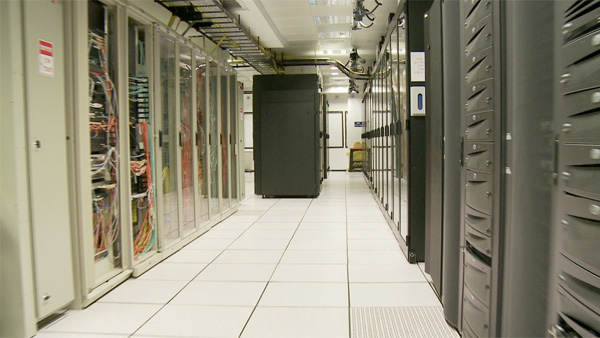 |
As computing power increases and we all rely increasingly on cloud computing and storage, the environmental demands of information technology are growing significantly. Earth Day 2011 marks a moment when, by some estimates, the carbon footprint of data centers exceeds [See the full post…] |
|
|
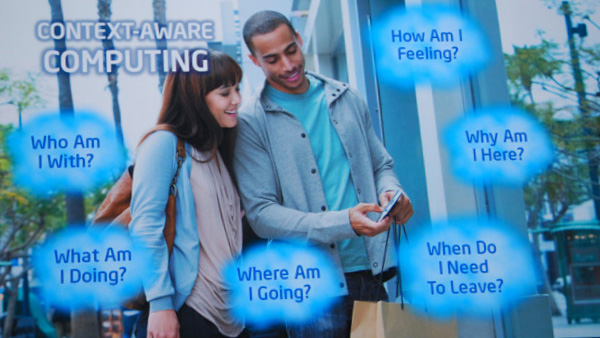 |
One of the next frontiers of computing is to create systems that understand the user. Context aware devices of the near future might recommend restaurants, monitor a user’s health, or screen phone calls—all based on information collected from device sensors [See the full post…] |
|
|
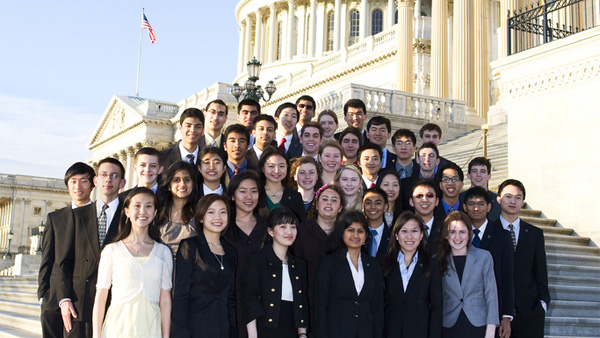 |
Every year, finalists in the Intel Science Talent Search gather in Washington, DC, to share their research. This year, finalists Ryan Lee and Laurie Rumker, and winner Evan O’Dorney, spoke with Future Lab radio about their work, and what it [See the full post…] |
|
|
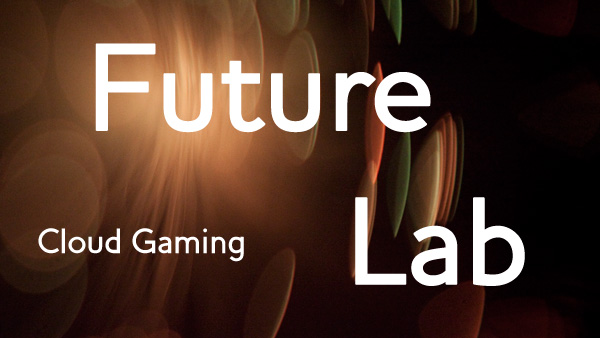 |
Gaming fans are eagerly awaiting the arrival of “cloud gaming,” with its promise of mobile, low-end devices running intense, realistic graphics at amazing speeds. Technological developments from leading scientists, combined with newsmaking marketplace competition (well-covered by Dean Takahashi), are bringing [See the full post…] |
|
|
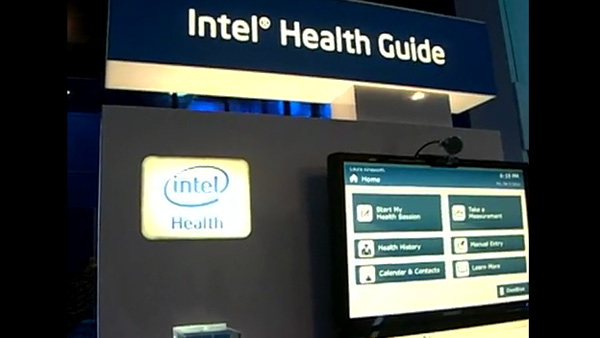 |
Researchers around the world are searching for ways to help seniors remain healthier and live independently in their homes for longer. Intel is working on new sensing devices that can feed data to a central hub that infers whether a [See the full post…] |
|
|
 |
Intel’s new visual computing lab is researching how to create immersive experiences with computers. Parallel processing is opening the doors to the ability to synthesize images and audio which look and sound real. Here is Intel’s announcement of the new [See the full post…] |
|
|
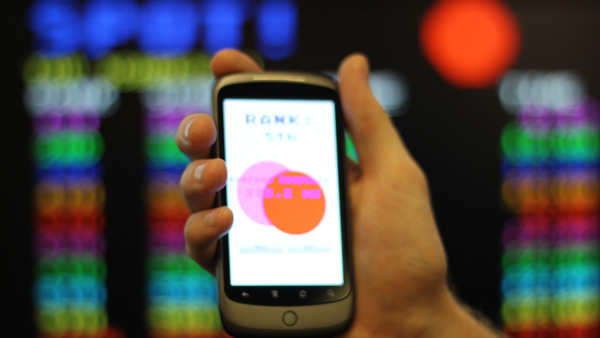 |
Researchers from the University of Washington and Intel Labs in Seattle show off smart phone applications designed to make people more aware of the importance of sleep. It’s part of a larger movement to integrate computer technology into personal health. [See the full post…] |
|
|
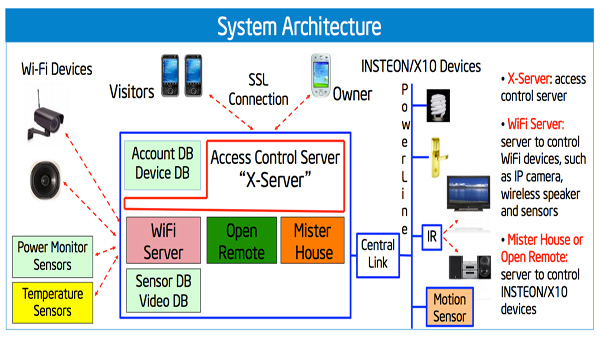 |
The technology to make a connected home probably exists. With diverse platforms and network configurations, as well as manufacturers’ unique characteristics built into computing gear, audio and video equipment and appliances, the task of getting them to work together usually [See the full post…] |
|
|
 |
Artists have often been proponents and leading users of technology. In computing, gaming has presented a challenge to hardware and software developers as artists create images that push the boundaries of compute performance. In this edition of Future Lab on [See the full post…] |
|
|